On April 1, 1925 — a century ago — the Hebrew University of Jerusalem opened its doors to the public. It was on this day — corresponding to the Jewish date of Nissan 7, 5685— that Lord Balfour, the former Prime Minister of Britain, inaugurated the university on Mount Scopus, a mountain in northeastern Jerusalem. An entry pass for the occasion available shows it was printed in three languages, viz, Hebrew, English and Arabic.
Today, this university, though no longer Israel’s biggest, is amongst the top 100 universities in the world by some rankings. The institution can boast of a number of Nobel laureates on its website, like David Gross, Avram Hershiko, Ada E Yonath, Aaron Ciechanover and Roger D Kornberg in physics and chemistry; Field Medal in Mathematics winner Elon Lindenstrauss, etc, not to speak of two Sveriges Riksbank Prize in Economics winners, viz Robert J (Yisrael) Aumann and Daniel Kahneman. Yuval Noah Harari, widely known for his ground-breaking books, eg, Homo Deus (2015) and Sapiens: A Brief History of Humankind (2011) is a professor in the department of history at the Hebrew University.
Einstein, in his last will and testament, bequeathed his literary estate and personal papers to the Hebrew University, with whose foundation the scientist was closely associated during his lifetime. He undertook his first visit to the US in April-May, 1921, in connection with fundraising for the university under construction. Einstein visited Jerusalem only once, in 1923, before the inauguration of the university. The city was then a part of British Mandatory Palestine.
The Hebrew University of Jerusalem has recently, to mark its centenary, created an AI-generated video of Albert Einstein capturing the vision of the university. However, the historical significance of the university lies in the fact that its establishment antedates the foundation of the Jewish republic (1948) by more than two decades.
Incidentally the Technion, Israel’s leading institute of technological education, located at Mount Carmel in Haifa, also began functioning around the same time. Previously known as the Technikum, it commenced its classes in the winter of 1924-25. These two leading institutions prove that early Zionist leaders, who envisaged setting up Israel, assigned priority to building the lives of future generations through quality higher education.
Chaim Weizmann (1874-1952), the biochemist turned politician, who later became the first President of Israel, describes in his autobiography, Trial and Error (1949), how these two institutions were conceived and established. Though the Hebrew University at Jerusalem was conceptualised earlier, the Technion (then Technikum) at Haifa was completed sooner.
While Weizmann actively espoused the idea of the Hebrew University ab initio, his association with Technion, was incidental but resulted in Hebrew being the language of instruction at the institution in particular and Israel in general when, on the eve of World War I, it looked all set that Technion was to be funded by the German government and would have German as the language of instruction.
The idea of Jewish University, informs Weizmann, had been discussed in the first Zionist Congress in 1897. He credits Professor Herman Shapiro of Heidelberg University for articulating the idea while still a student at Berlin. It might be remembered that the first Zionist Congress was held in Basel, Switzerland, between August 29 and 31, 1897, to consider the idea of creating a Jewish national home in Palestine.
The province of Palestine was then part of the Turkish Ottoman Empire, and it was not until the end of World War I (1914-18) that it came under British control, under the Sykes-Picot Agreement of 1916 that divided up the ‘Middle East’ between Britain and France.
Weizmann had taken up the university idea with Theodor Herzl, the chairman of the Zionist Congress, as early as 1901. Herzl was sanguine that he could obtain a favourable firman (decree) from the Ottoman Sultan but had to abandon his hopes within a year.
Undaunted, Weizmann, who then taught chemistry at the University of Geneva, decided to mobilise public opinion on the subject. Weizmann— in collaboration with Martin Buber and Berthold Feiwel— published the first pamphlet on the subject, viz, “Die Judische Hochshule” (The Jewish University), in 1902. It addressed the practical side of the project, including an approximate budget. They opened an office of Jüdische Hochschule at Geneva and carried out a referendum amongst the Jewish students.
Belarus-born Weizmann undertook a visit to the university towns in the Czarist empire, viz Kiev (Kyiv) and Kharkov (Kharkhiv), both in Ukraine, to popularise the university idea in 1903. The idea received wide support amongst the Russian Jews. Lazar Brodsky, the Sugar King, though opposed to Zionism, promised to fund the university. However, Brodsky, like Herzl, passed away in 1904. While Weizmann was visiting Ukraine, a riot against the Jews broke out in Kishinev (now Chisinau, Moldova) in April 1903, underscoring the need for a Jewish homeland.
The Western Zionist leaders, informs Weizmann, described the university idea as “utopian to the point of childishness”. They considered it not merely premature but also dangerous to undertake, as any visible mobilisation on the ground might antagonise the Turkish authorities. At that time the emphasis was on trying to secure the necessary land for Eretz Israel peacefully through purchase from the Ottoman Sultan. This approach reveals the mindset of the Jewish capitalists.
One such proverbially “rich Jew” was Baron Edmond de Rothschild (1845-1934), the French banker, who was a benefactor of Zionism, provided it was done, paradoxically enough, “inconspicuously and silently”! Baron Rothschild was rigidly of the opinion that the Hebrew University should be devoted exclusively to the humanities, as it would never be able to compete in sciences with universities of Britain, France and Germany. He, however, put another condition of having Paul Ehrlich, as the head of the University Committee. Ehrlich, winner of the Nobel Prize for Medicine (1908), had little interest besides his subject, viz, biochemistry, and hardly anything about Judaism-related issues.
It was a humorous episode when Weizmann went to meet Ehrlich in his laboratory in Frankfurt, Germany, in March, 1914. The latter thought that Weizmann, being a chemist himself, had come to discuss chemistry. When Weizmann, after long, could tactically shift the subject to Jewish University, Ehrlich asked, “But why Jerusalem?”
Weizmann’s reply that Jerusalem is the only city in the world which deserved a Jewish university pleased him, and he took Weizmann to his house along with him. Subsequently, Ehrlich met Baron Rothschild in Paris and agreed to serve on the university committee. Though a university committee was set up comprising some eminent names, the committee’s inaugural meeting scheduled for August 4, 1914, at Paris could never take place due to the outbreak of World War I. Ehrlich prematurely passed away in 1915.
It was ironic that World War I and its fallout expedited the process of establishing the university that was stuck for a decade. A piece of land on Mount Scopus, identified in 1907, was acquired through Arthur Ruppin in 1916. Ruppin (1876-1943), born in present-day Poland, who migrated to Palestine, is recognised as an innovator of the Israeli kibbutz (commune) system, one of the founders of Tel Aviv city, and a pioneer of sociology in Israel. The plot belonged to the Gray Hill family, originally from Liverpool, England.
While World War I was in progress, a particular method of processing acetone, which Weizmann developed, was found highly useful by the British government. It also brought him into touch with the higher echelon of Whitehall. This culminated in the Balfour Declaration of November 2, 1917, wherein the British government supported the cause of a Jewish national homeland in Palestine and promised to do all in its power to achieve the same.
The political map of West Asia changed as a result of World War I. When Jerusalem was wrested by the British Expeditionary Force led by General Edmund Allenby on December 9, 1917, it was for the first time in seven centuries that a Christian army gained control of the Holy City. The Turks had secured possession of the city in October, 1187, when Saladin had ousted Balian of Ibelin.
It was in the presence of Allenby on July 24, 1918, that the foundation stones of the Hebrew University of Jerusalem were laid at Mount Scopus. The occasion coincided with the visit of the Zionist Commission in Palestine led by Weizmann. An estimated six thousand people were present on the occasion, informs Nahum Sokolow. They included, besides members of the Zionist Commission, the military governor of Jerusalem; staff representatives of French and Italian military detachments in Palestine; the Mufti of Jerusalem; the Anglican Bishop of Jerusalem; representatives of the Armenian and Greek Churches; Chief Rabbis of Cairo and Alexandria from Egypt; and representatives of all Jewish communities from Jerusalem and Jaffa. It was declared a public holiday in Jerusalem by the British mandatory authority (The History of Zionism 1600-1918, Vol-II, P.145-146).
The university was planned and built over a period of seven years. The two early faculties developed were that of microbiology and biochemistry. Scottish biologist and town planner Patrick Geddes (1854-1932), who had produced numerous town planning reports on India, designed the university building, though it was not fully built according to his plan.
Between April 2 and May 30, 1921, Albert Einstein accompanied Weizmann to his first visit to the US, to raise funds for the Hebrew University. “The Hebrew University”, says Einstein (1921), “is to be organised in such a way as to meet the existing requirements of the country for scientific research institutes. It cannot be compared in its initial stages with a fully equipped university in the West. It must begin with a number of research institutes devoted to scientific investigations of the natural conditions of Palestine” (About Zionism: Speeches and Letters, P.60). Einstein was equally emphatic that the university must have a centre of Jewish studies, which could attract students from all over the world.
Hebrew University of Jerusalem was finally inaugurated on April 1, 1925. Lord Balfour (77), former Prime Minister of Britain, came all the way from London to inaugurate the university. Around 10,000 persons attended the ceremony held in the open natural amphitheatre on the northeastern slope of Mount Scopus. However, in the 1920s, the Jewish-Arab relationship had begun to take a turn for the worse. There were Jaffa riots in 1921 and later in that decade (1929) more extensive riots in Jerusalem, Safed, Hebron and Jaffa in which numerous persons from both sides were killed and wounded. The Arabs observed Lord Balfour’s visit with “general strike”.
The Palestine Royal Commission Report (1937) expresses wonder in finding “on the fringe of Asia a university which maintains the highest standards of Western scholarship”. On its staff, the report informs, are names well known in Europe and America, and its research work could compare with that of older institutions (P.336). It counted 391 students under 27 professors spread across departments like Jewish Studies, Oriental Studies, Humanities, Mathematics, Physics, Chemistry, Botany and a number of allied sciences. There was already a department for cancer research. The report praises the standard of laboratories, classrooms and libraries.
No wonder this university makes Israel a leader in the field of applied science and technology. A hundred years since its inception, the Hebrew University has long ceased to be Israel’s largest university in terms of enrollment, being overtaken by the likes of Tel Aviv University, Bar-Ilan University, etc. Yet, it is going strong and proves that the foundation of Israel was inspired by creative impulses and ideas.
The writer is author of the book ‘The Microphone Men: How Orators Created a Modern India’ (2019) and an independent researcher based in New Delhi. Views expressed in the above piece are personal and solely those of the author. They do not necessarily reflect Firstpost’s views.


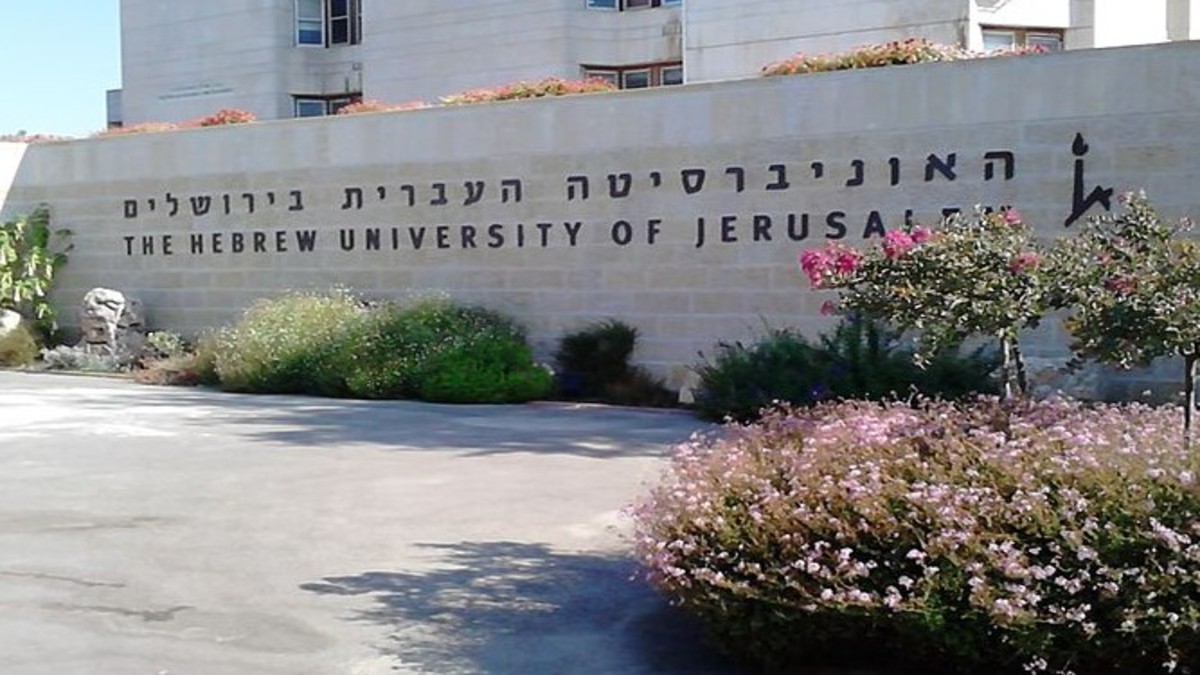)
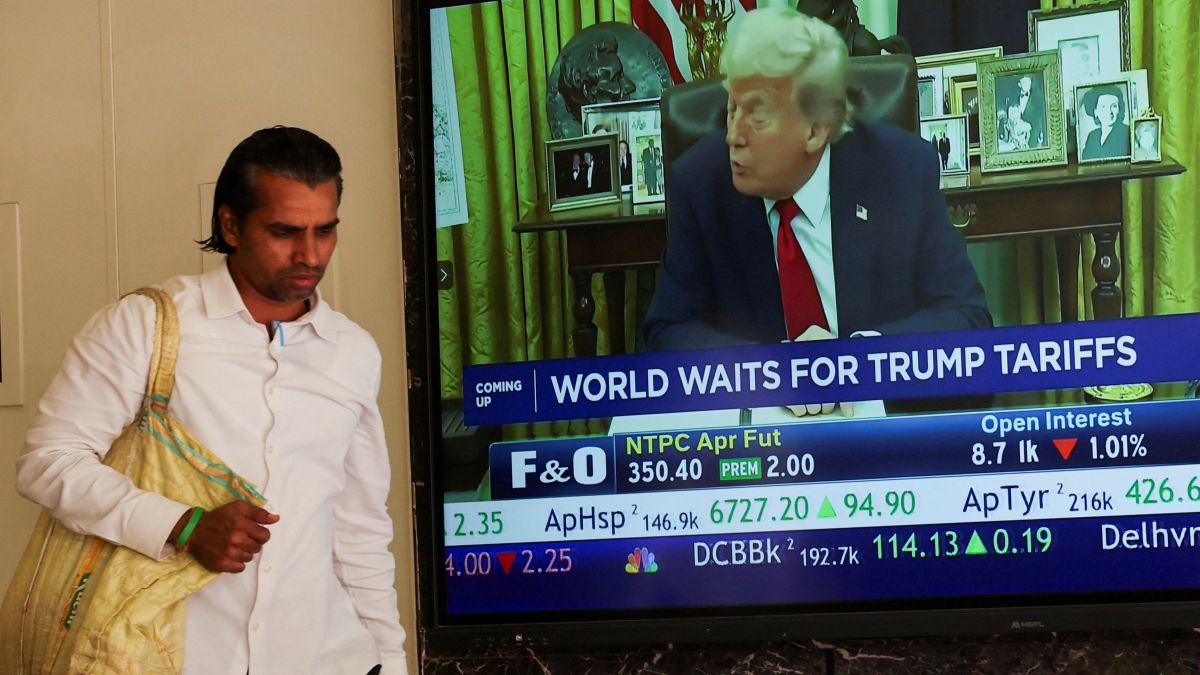)
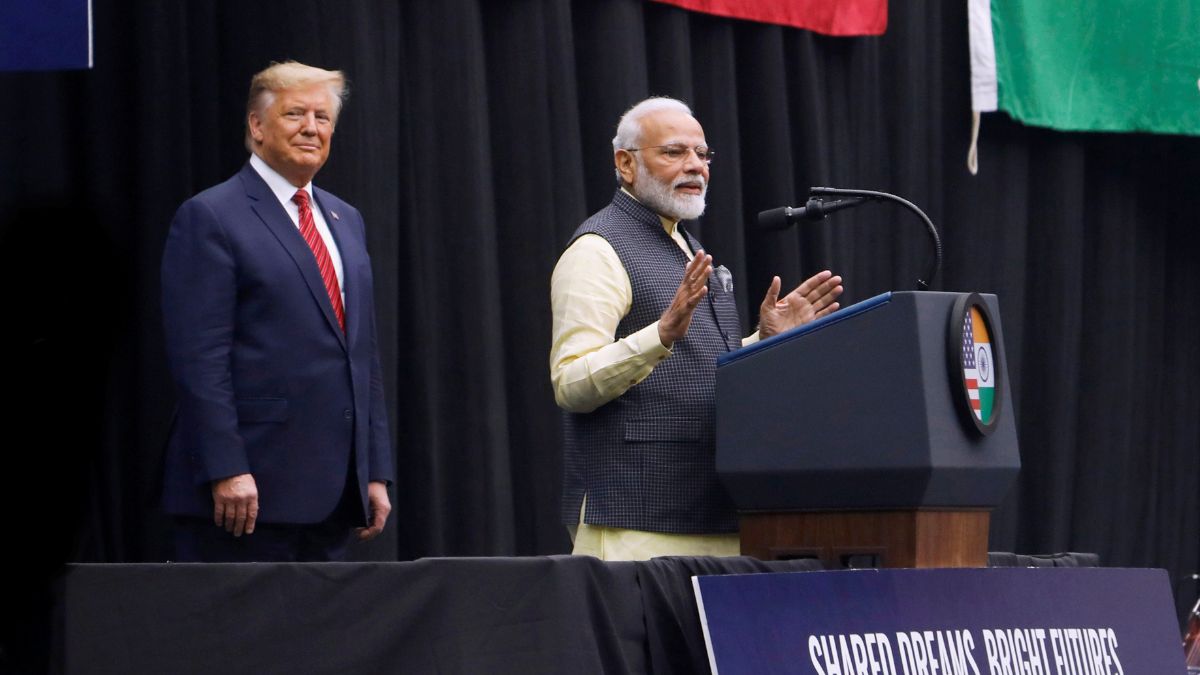)
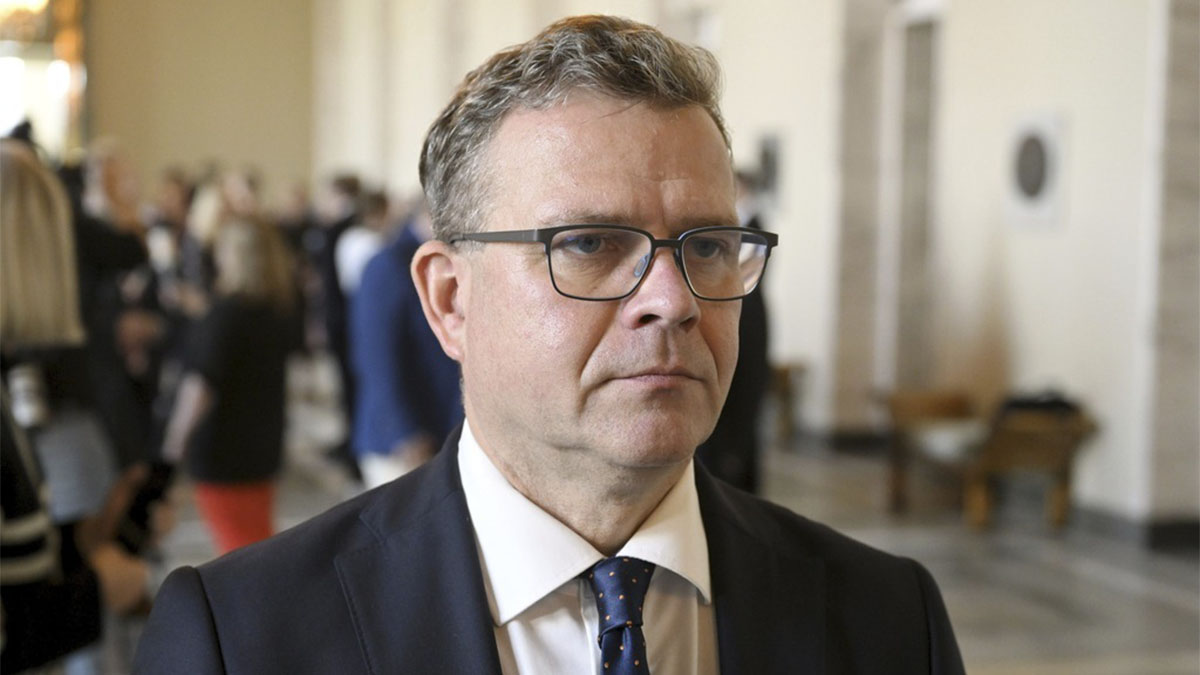)
)
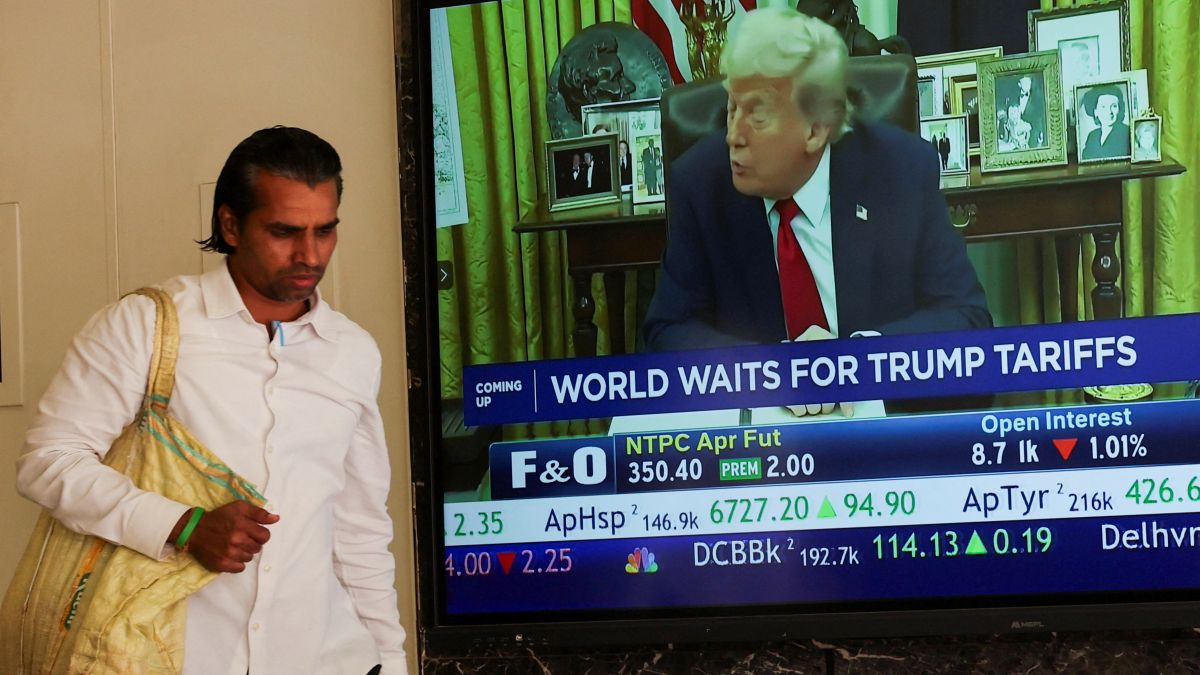)
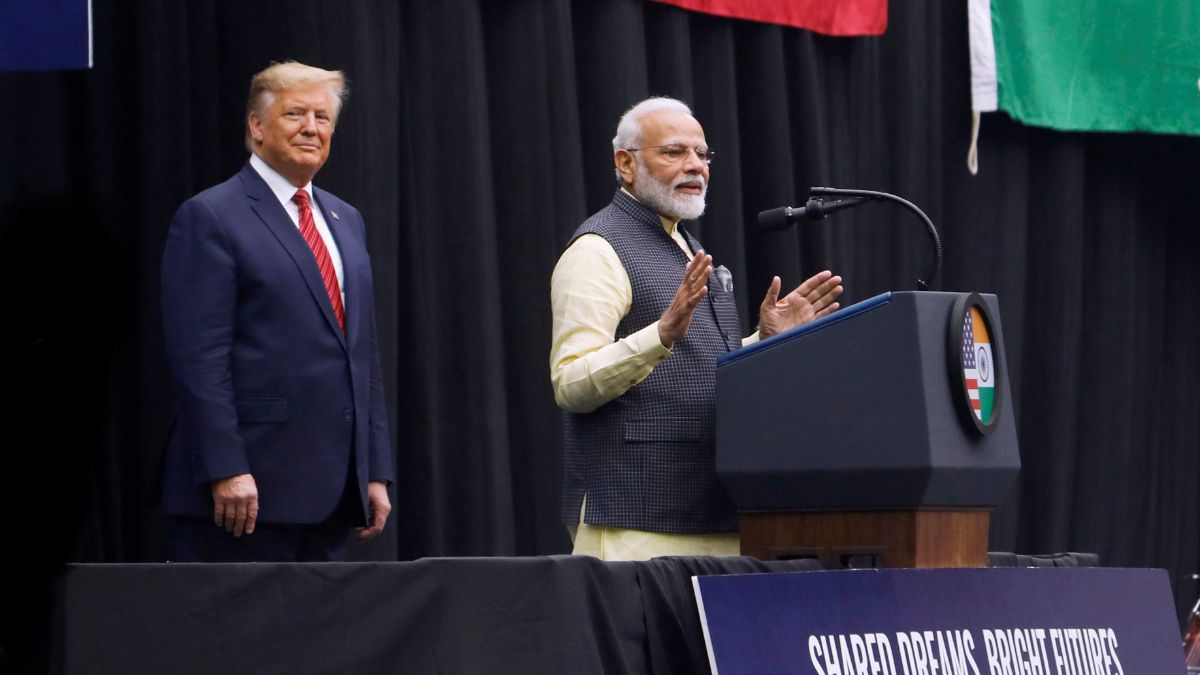)
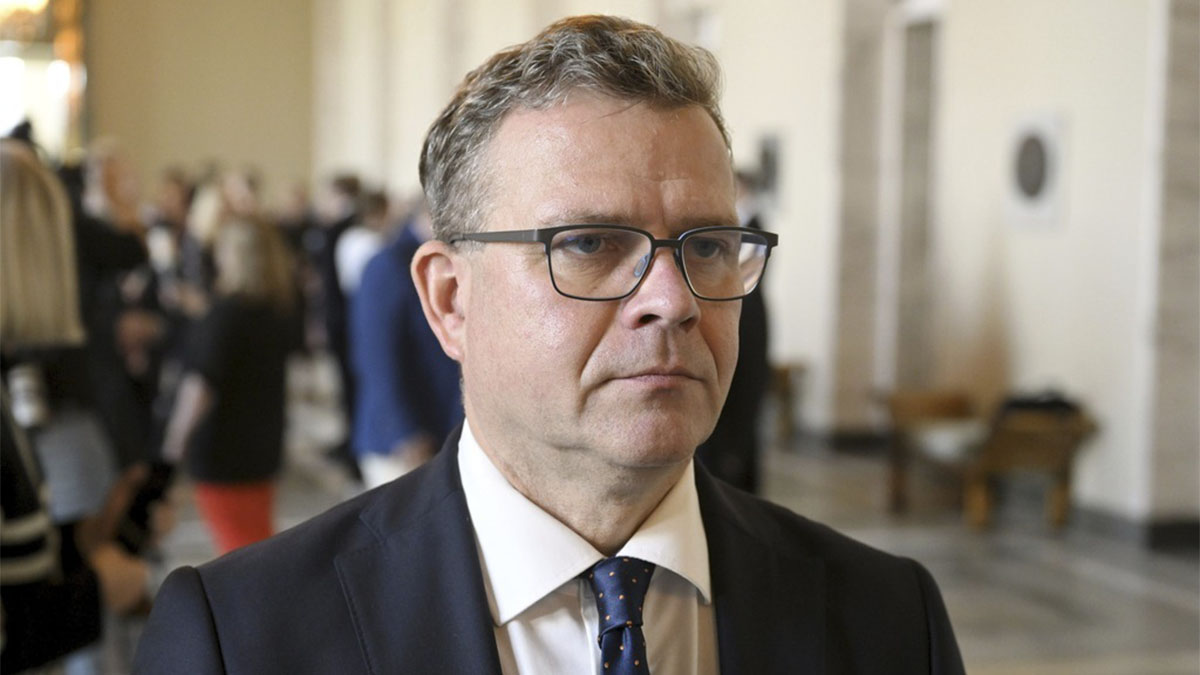)
)



